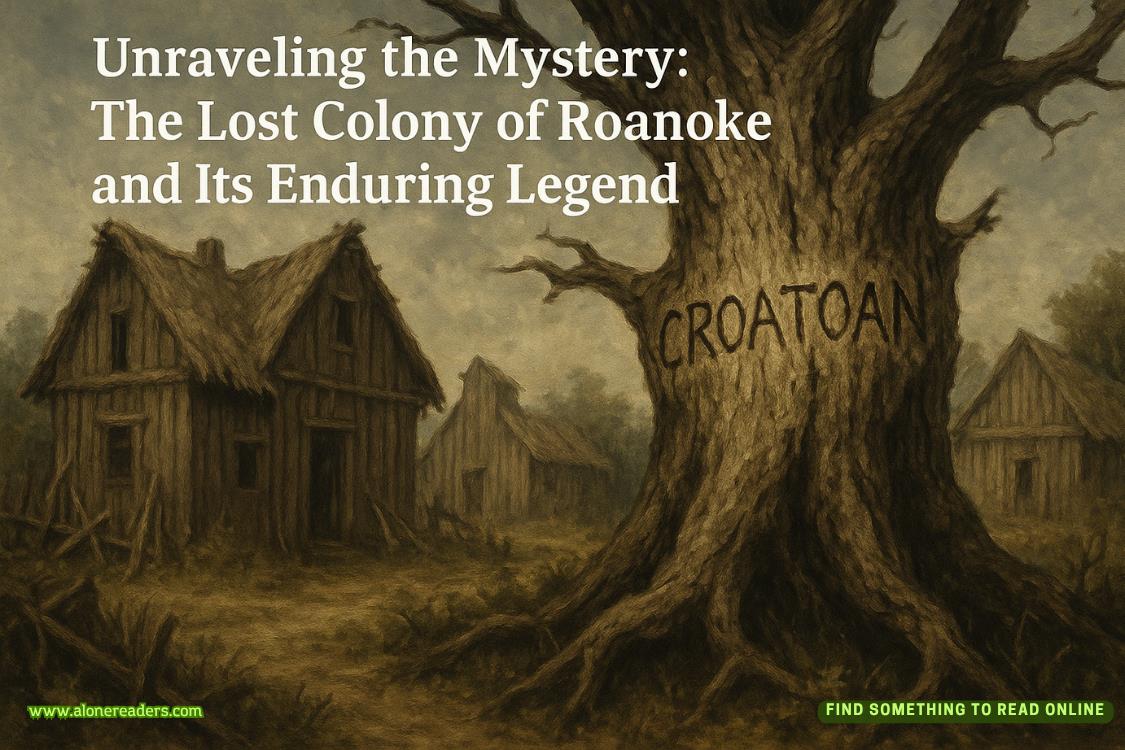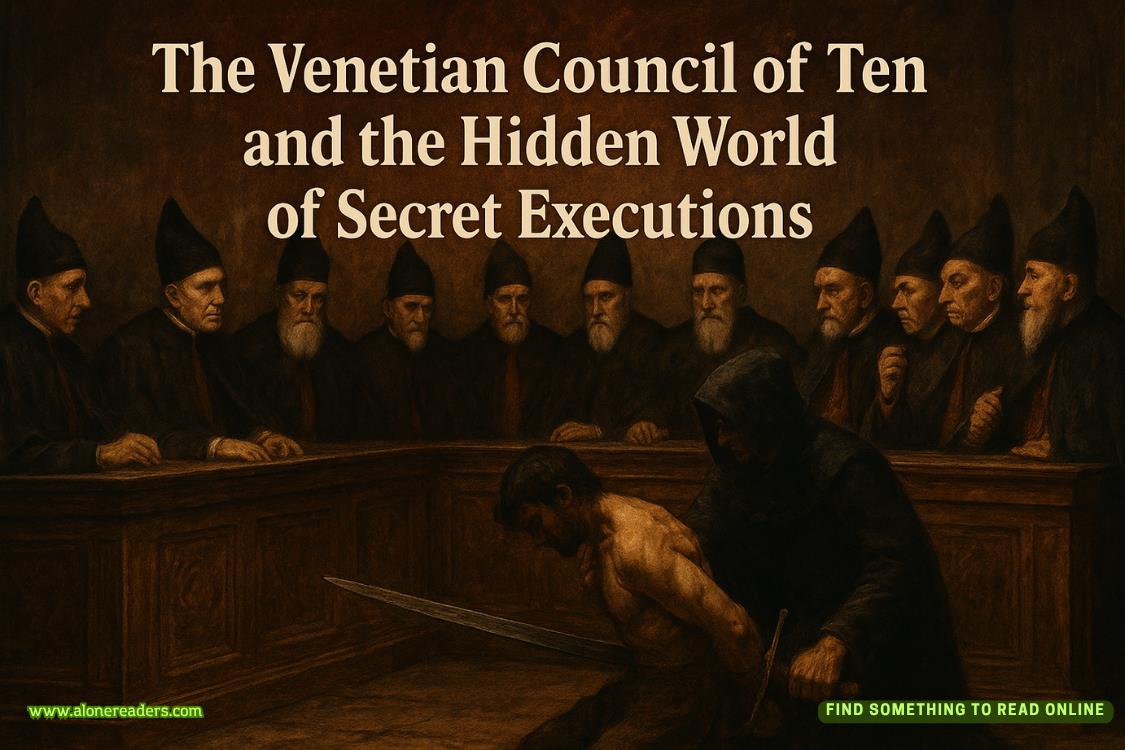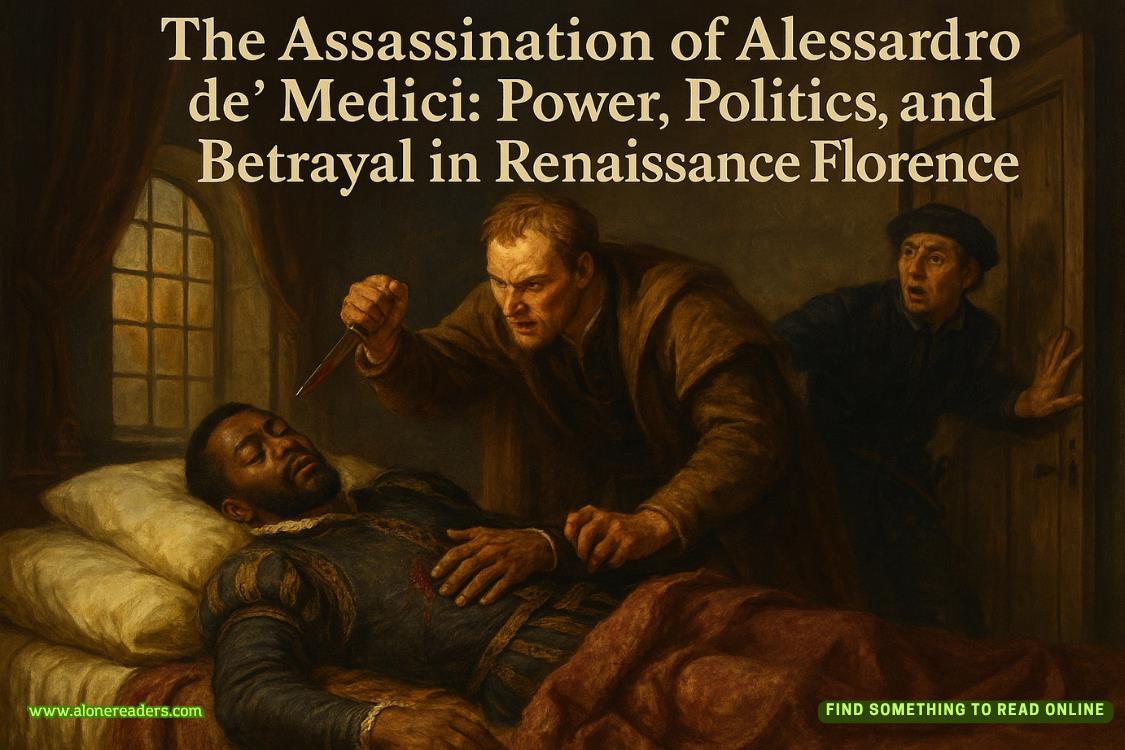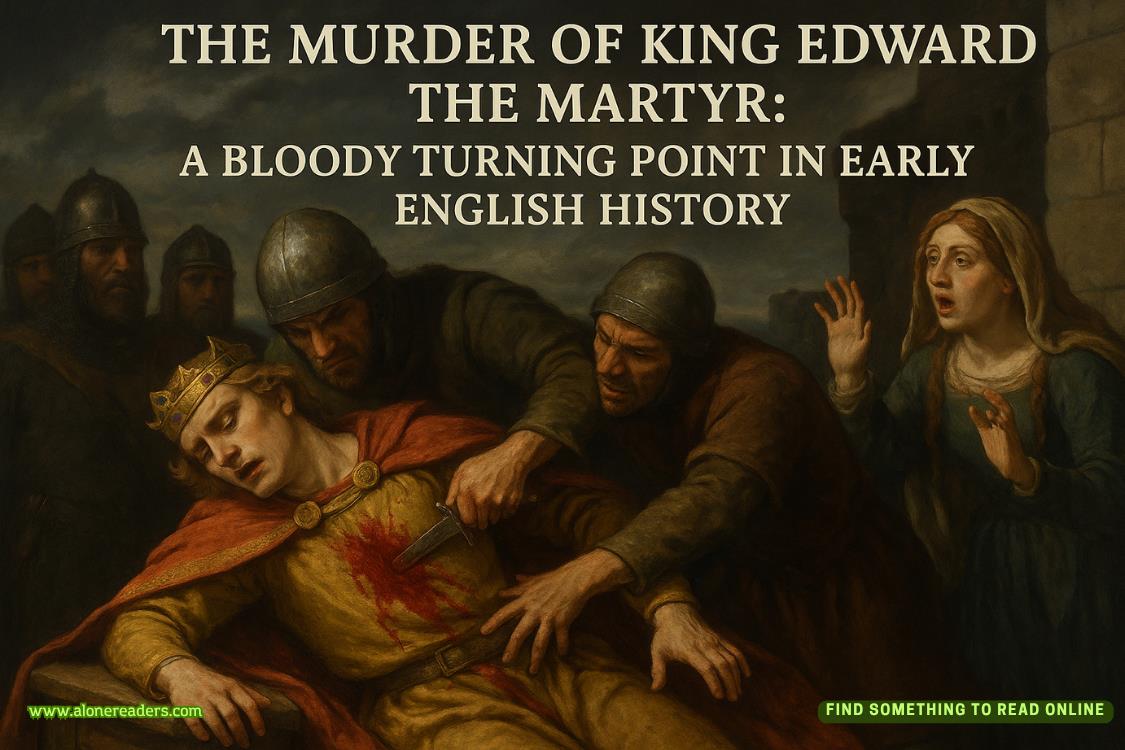“So, without further ado, I’m pleased and honored to present His Royal Highness Crown Prince Jaryk Rullok-Myka—and his new wife, Kismet Kennedy of Earth.”
There was a moment of stunned silence, and then murmurs of, “Wife? The prince is married?” rippled through the crowd.
With Kismet at his side, her hand clasped in his to show unity, he stepped out onto the stage to the whistles and cheers of the crowd. Releasing her hand, he smiled and waved, and she did the same.
Pride and satisfaction surged through him. It felt good to have a partner. For so long, he’d stood alone, no peers to support him in these projects so dear to his heart. Exotic and unique, Kismet was the perfect ambassador for an alien botanical garden. Maybe he would even rename the garden after her.
When the whistles of applause subsided, he addressed the crowd.
“Thank you all for coming today. I’m thrilled to introduce two grand new developments to you. First, my wife. She’s human, as you can see, and hails all the way from Earth. After a very short courtship, I knew immediately I wanted to marry her, and she said yes. We were wed a few days ago in a small, private ceremony.” Technically, it was all true. A few hours of conversation could be considered a short courtship. He withheld the whole truth because they might not accept her as his wife, but he couldn’t outright lie.
The crowd cheered their acceptance. Kismet waved and smiled.
“The second new development is, of course, the Museum of Alien Horticulture. It merges two interests of mine: horticulture and interplanetary relations. Each of the botanical habitat exhibits you will visit on your tour today authentically present the flora of the respective planet. Some fifty planets from across the galaxy are represented.” He glanced at Kismet. “Earth is oneof those.” He himself was eager to see the Earth exhibit. He’d spearheaded the venture, but he’d only been to a few of the participating planets, and Terra wasn’t one of them.
“All plant species were donated by world rulers. The galaxy is vast, and it would be impossible for a single individual to visit all the habitable planets. So, this museum brings them to you.”
The people whistled.
He raised his hand to quiet the applause. “The exhibit is not without risk to Kaldor, so I must issue a word of caution and ask for your cooperation.Stay on the paths. Do not take any organic material out of the museum—no seeds, no leaves, no flowers. We cannot risk accidentally transplanting alien plant life on Kaldor. We can enjoy this glimpse of other worlds, but we must ensure Kaldor stays looking like Kaldor. We can’t allow a potentially invasive species to leave the museum, take root, and spread. So, remain on the paths. Don the protective footwear covers—and remove them before you leave.”
Heads nodded.
“If everyone is ready, let’s go inside!”
He and Kismet formed a receiving line, greeting the people who offered congratulations as they filed into the museum. MAH staff handed out protective shoe covers as they entered.
“Whew!” Kismet said as the museum door closed behind the last of the guests. “I’m glad Kaldorans just nod and bow and don’t shake hands. That would be a lot of hands to shake.”
“Is that how humans greet each other, shaking their hands? Like this?” He waved his hands around.
She giggled. “No, like this.” She extended her right hand. “Clasp my hand with your right.” He did so. “Sometimes you just hold. Sometimes you pump, like this.” She demonstrated.
“What determines whether you pump or not? And how long do you hold it?” He still had her hand.
She shrugged. “We wing it.”
He couldn’t imagine winging anything. Rules, protocol, and formalities governed everything he did. Marrying Kismet had been the only time he’d bucked tradition.
The museum director approached. Kismet released his hand and added, “We shake hands in business and formal situations and with strangers. We say hello or hug with friends and family.”
“If Your Highness is ready, the line inside has cleared out enough if you care to tour the museum,” the director said.
“Yes, I would like that.” This would be his first time seeing it.
“Would you care for a guided tour, or do you wish to wander on your own?”
“On our own.”
“As you wish.”
A museum staff member handed them shoe cover-ups as they entered. Habitats were separated into climate-controlled rooms to create the appropriate conditions for the vegetation and to avoid cross contamination and prevent one species from invading another’s space. Some climates were warm and humid, others dry and hot. Some were cold and windy. Outside each exhibit, screens flashed the warnings to stay on the paths and take nothing from the museum.
In one of the first botanical habitats they entered, tree branches drooped under the weight of razor-sharp metallic-appearing leaves. Low-growing shrubs reminded him of fuzzy puff balls until he peered closer and saw tiny needles covering the plant. “You don’t need to worry about anyone taking home anything from in here,” Kismet echoed his thoughts.
In another room, rainbow grasses waved in the breeze, created by hidden fans.
“The exhibits are like life-size dioramas!” she said. As they approached the next habitat, she wrinkled her nose. “It smells like something died.”















